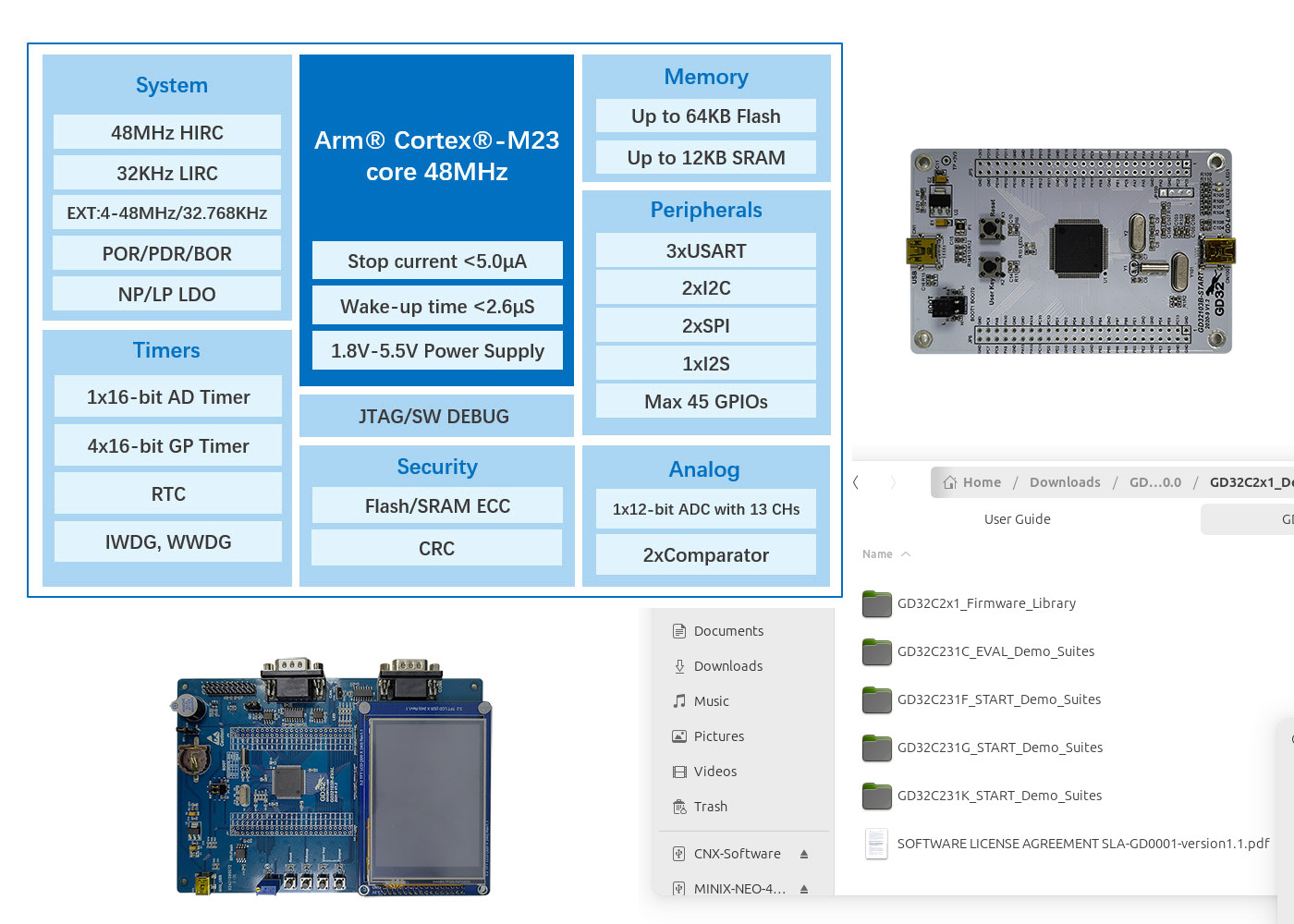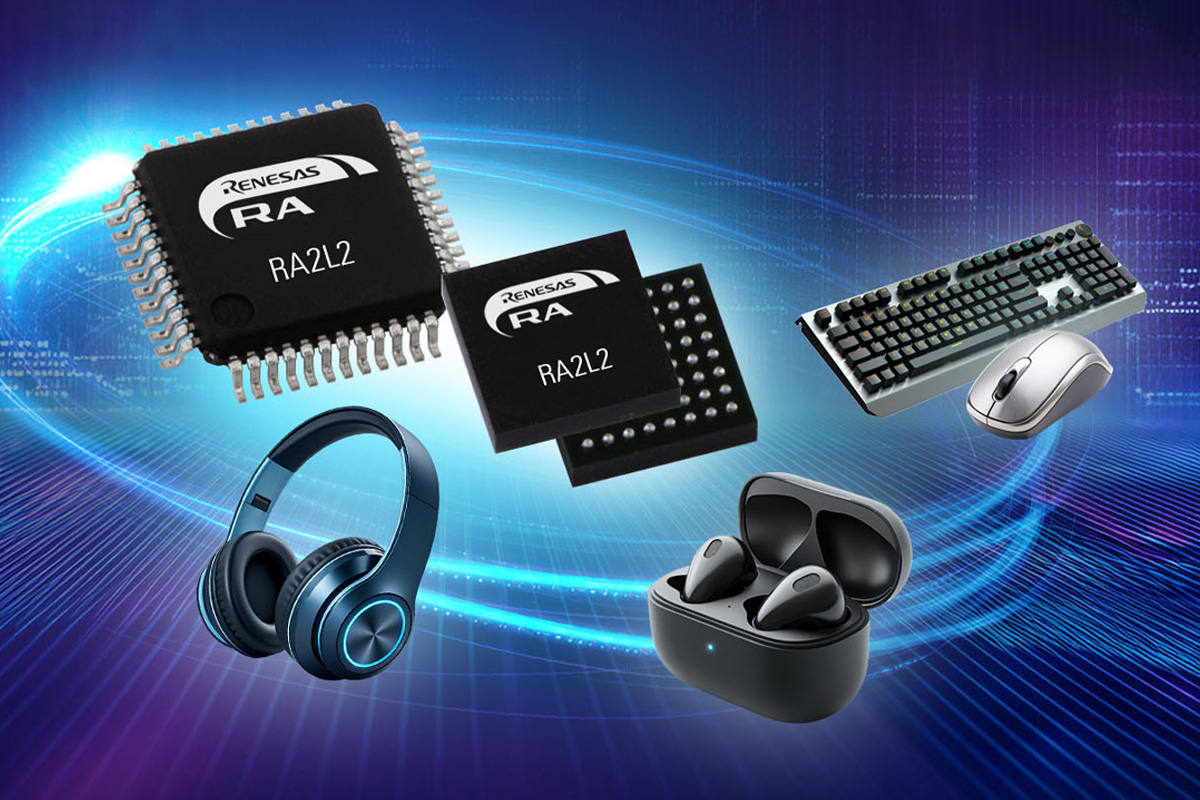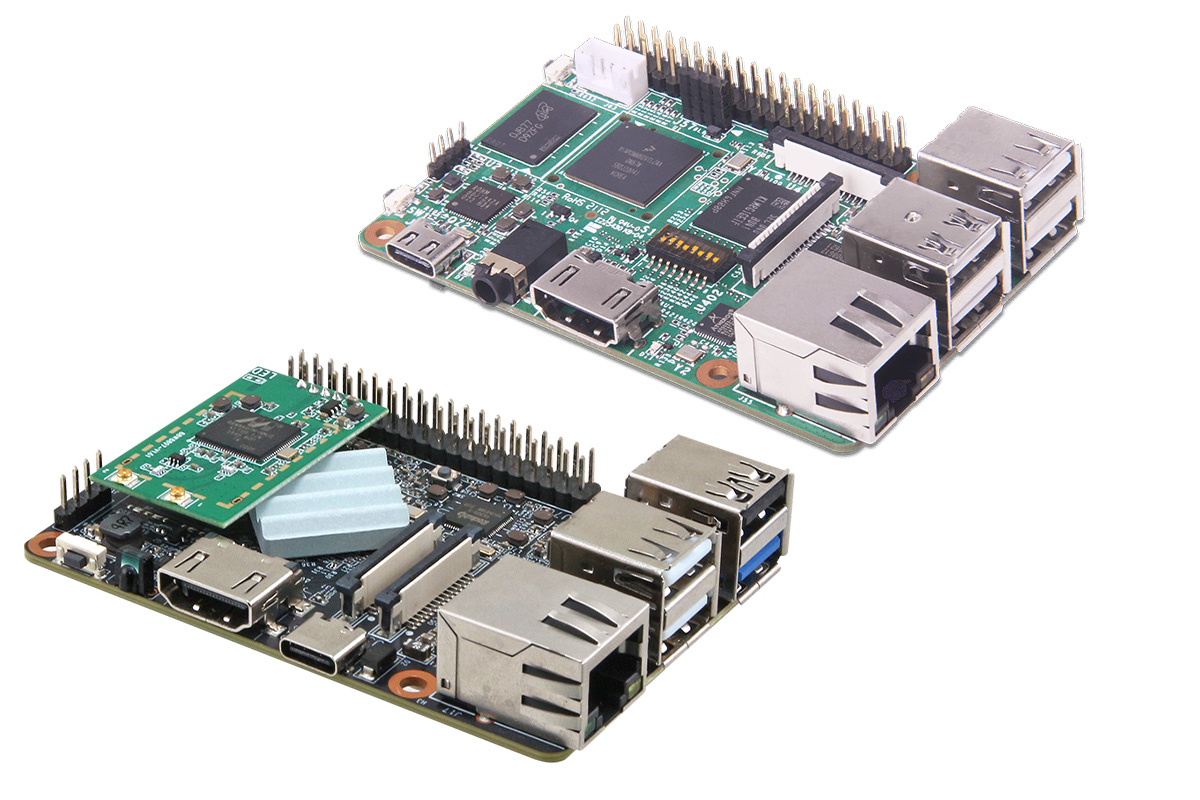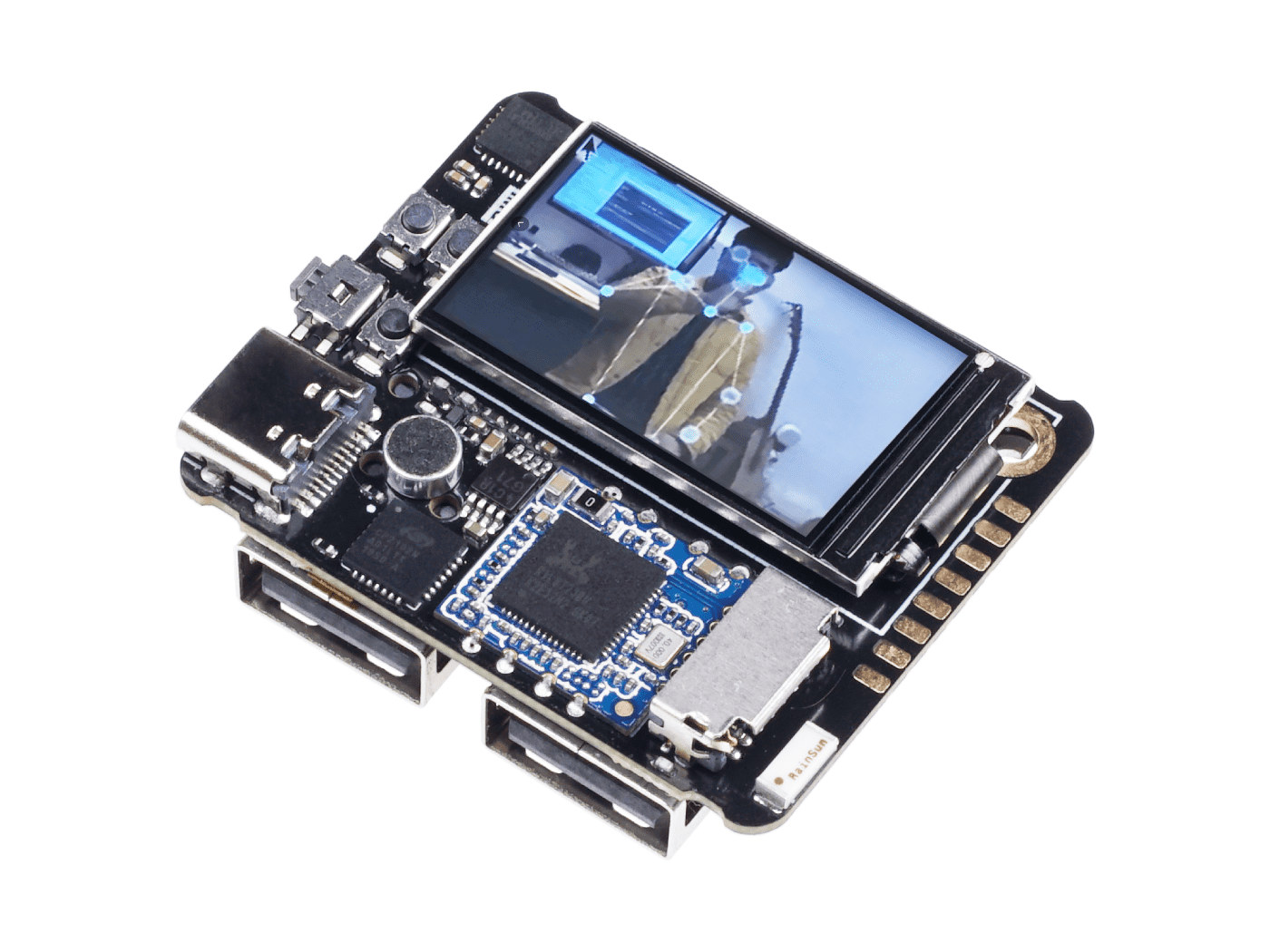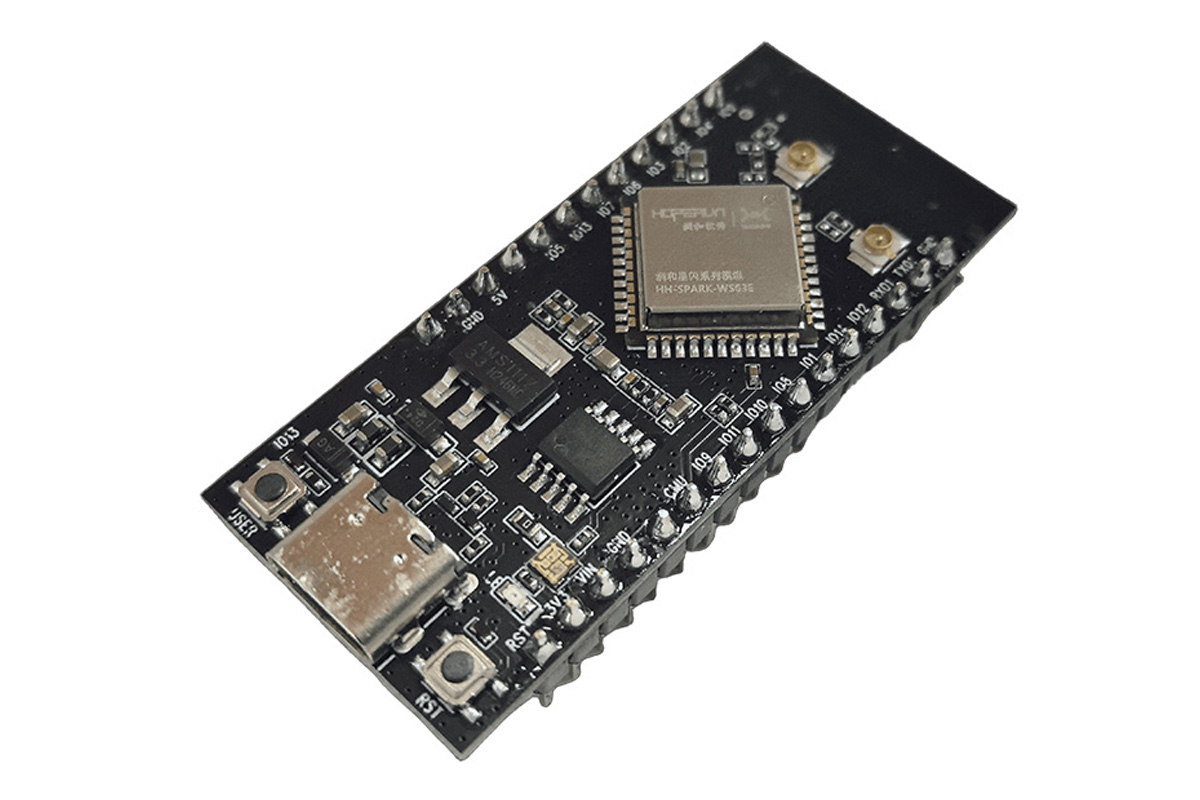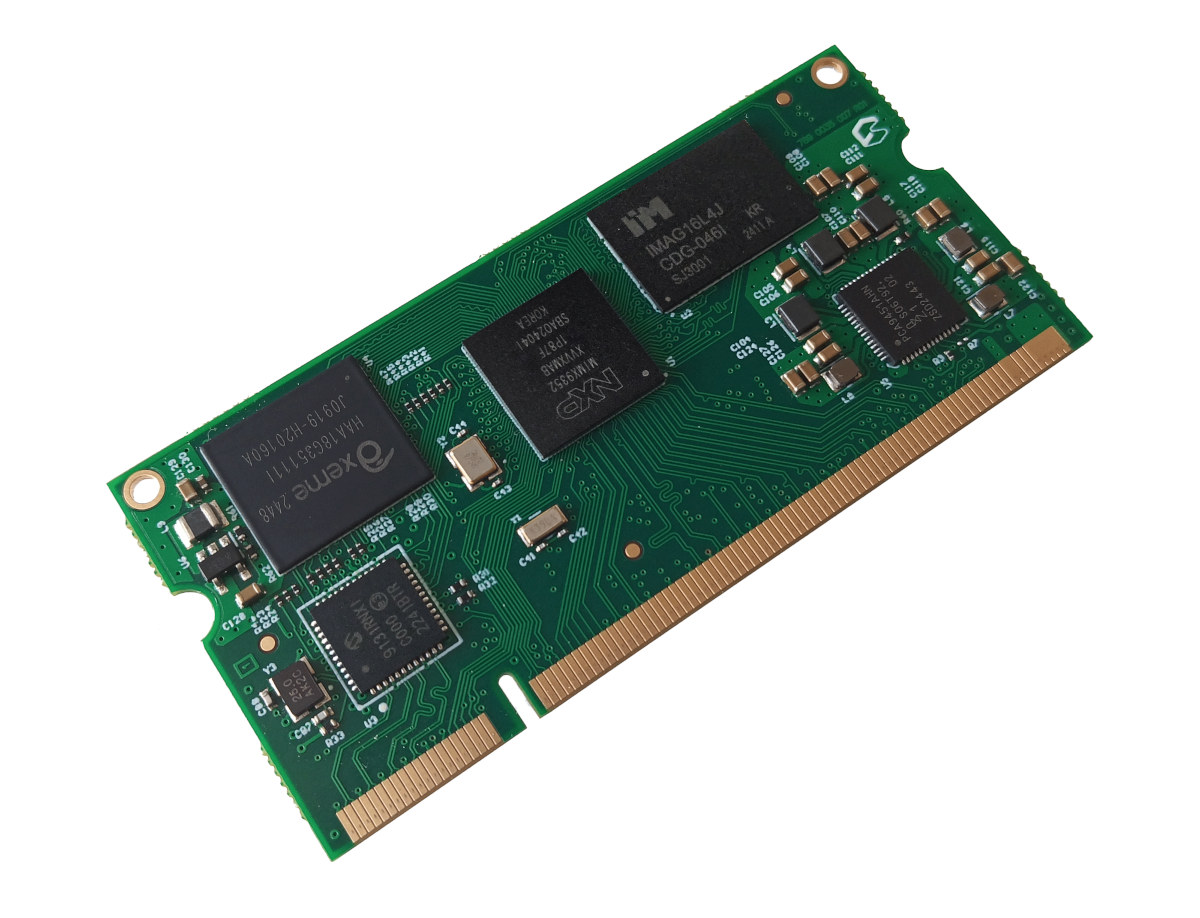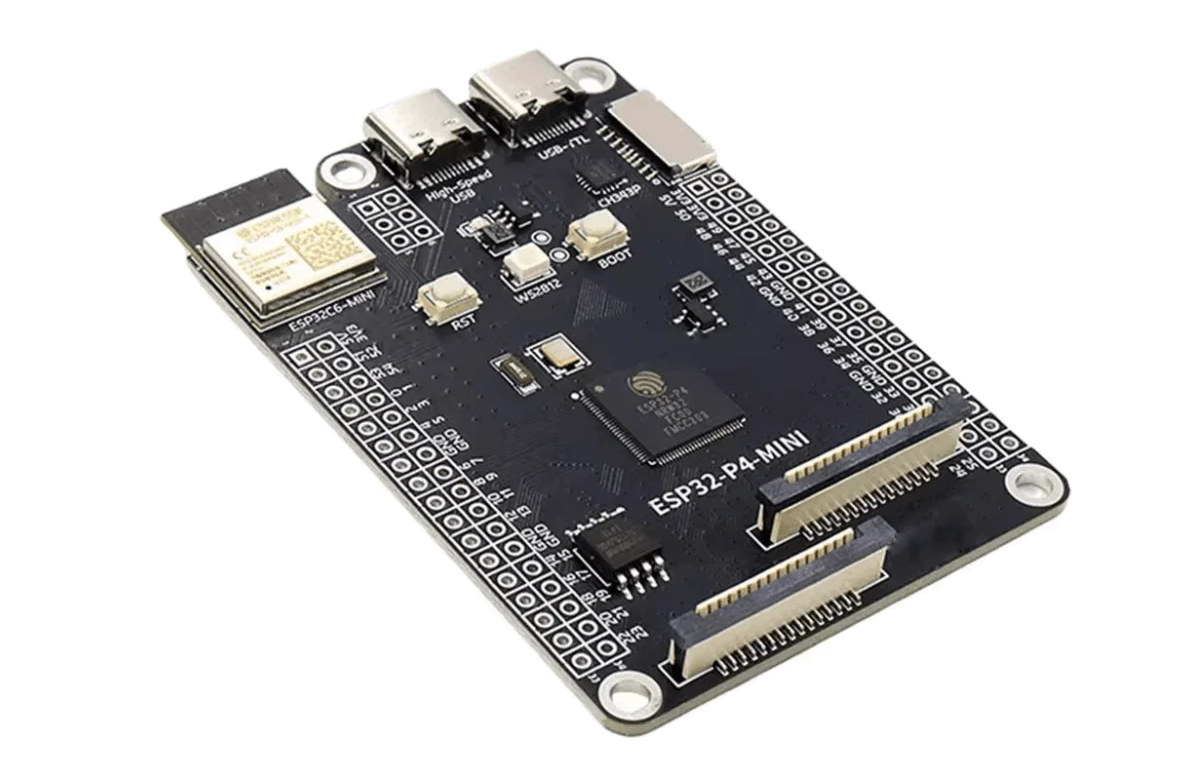GigaDevice GD32C231 entry-level microcontroller is built around a 48 MHz Arm Cortex-M23 core with up to 64KB ECC flash, 12KB ECC SRAM, and is offered in 20-pin to 48-pin packages with up to 45 GPIOs, a range of peripherals, analog inputs, and timers. The company says the GD32C231 series targets cost-effective small home appliances, BMS (Battery Management Systems), small-screen display devices, battery-powered handhelds, industrial auxiliary controls, and automotive aftermarket systems. GigaDevice GD32C231 key features and specifications: Core – Arm Cortex-M23 @ up to 48 MHz Memory – 12KB SRAM with ECC Storage – 32KB or 64KB flash with ECC Audio – 1x I2S Low-speed Peripherals Up to 45x GPIO Up to 3x USART, 2x I2C, 2x SPI Analog 12-bit ADC with 13 channels 2x analog comparators Timers 4x 16-bit general-purpose (GP) timers 16-bit Advanced (AD) timer RTC IWDG, WWDG 24-bit SysTick Misc – CRC module Supply Voltage – 2.3 to […]
Renesas RA2L2 – The first low-power MCU with USB-C Revision 2.4 support
Renesas RA2L2 is the world’s first low-power MCU to support the USB-C Revision 2.4 standard with 15W CC detection, USB FS support. It also offers support for CAN Bus, I3C, and low-power UART. The announcement follows other devices from the Renesas RA series, such as the RA2A2 Arm Cortex-M23 MCU introduced in 2024, and the RA4L1 ultra-low-power MCU unveiled earlier this year with just 168 µA/MHz operation, dual-bank flash, and capacitive touch. The RA2L2 Cortex-M23 microcontroller also embeds up to 128KB of code flash, 16KB SRAM, and 4KB data flash for EEPROM-like storage. It supports a wide 1.6V to 5.5V supply voltage and an industrial-grade -40°C to +125°C temperature range. The MCU also integrates a ±1% high-accuracy on-chip oscillator, multiple timers including 16-bit and 32-bit PWM and low-power asynchronous timers, a 12-bit ADC, a real-time clock, and an internal temperature sensor. It’s available in 32- to 64-pin packages and offers […]
Avalue ACP-PI – A Raspberry Pi-like industrial SBC family with long-term supply, Rockchip or NXP SoC
Avalue Technology’s ACPI-PI is a Raspberry Pi-compatible, industrial SBC family, starting with the ACP-3566-PI and ACP-IMX8-PI, designed for edge computing and industrial IoT applications with long-term supply. The ACP-3566-PI is built around a Rockchip RK3566 quad-core Cortex-A55 processor with 4GB RAM and 32GB eMMC. Other features include 4K HDMI output, MIPI DSI/CSI, GbE LAN, Wi-Fi, Bluetooth, and a 40-pin GPIO header for UART, SPI, I2C, and RS-232/RS-485 expansion. The ACP-IMX8-PI, on the other hand, is built around an NXP i.MX8M Mini processor (quad Cortex-A53 + Cortex-M4), 4GB LPDDR4, 32GB eMMC, HDMI, MIPI display, and camera support. Additionally, it has four USB 2.0 ports, an SD slot, an audio jack, and GPIO/UART expansion. Measuring 85×55 mm, both boards can be used for smart retail, healthcare, factory automation, and AI edge deployments. ACP-3566-PI specifications: SoC – Rockchip RK3566 CPU – Quad-core Cortex-A55 processor @ up to 1.8/2.0 GHz GPU – with Arm […]
Quantum Tiny Linux SBC features an Allwinner H3 SoC, WiFi, a small Display, and more
Made by a Chinese engineer and content creator Zhihui Peng, the “Quantum Tiny Linux Development Kit” is a small SBC that’s smaller than an ID photo, powered by an Allwinner H3 SoC, and equipped with 512MB of RAM and a 16GB eMMC flash. It’s a design with a 31x22mm CPU module with an M.2 edge connector and a 40x35mm carrier board with a microSD card slot, WiFi 4 and Bluetooth 4.0 wireless module, a TFT display, two USB 2.0 ports, a 6-axis motion sensor, and a few buttons. Quantum Tiny specifications: Quark-N SoM SoC – Allwinner H3 CPU – Quad-core Cortex-A7 @ 1GHz GPU – Arm Mali400 MP2 GPU System Memory – 512MB LPDDR3 RAM Storage – 16GB eMMC flash M.2 edge connector with Ethernet, SPI, I2C, UART, Reusable GPIO, MIC, LINEOUT Dimensions – 31 x 22mm (6-layer PCB) Temperature Range – 0 to 80°C Atom-N Expansion Board M.2 socket […]
Quectel KCM0A5S Wi-SUN FAN module targets large IoT deployments for Smart Cities and Smart Agriculture
Quectel KCM0A5S is a Wi-SUN FAN module based on Silicon Labs EFR32FG25 Arm Cortex-M33 Sub-GHz wireless MCU, designed for applications such as street lighting, precision agriculture, industrial IoT, smart meters, and Smart Cities. Wi-SUN (IEEE 802.15.4g) is an LPWAN (Low Power Wide Area Network) standard leveraging IPv6 mesh networking for large-scale IoT deployments in Smart Cities and Smart Agriculture. The KCM0A5S module specifically supports the Wi-SUN Field Area Network (FAN) 1.1 protocol and operates across the 470–928 MHz frequency range. The module can act as a leaf node, a router, or a border router when paired with a Linux host in RCP (Radio Co-Processor) mode. Quectel KCM0A5S specifications: Wireless SoC – Silicon Labs EFR32FG25 CPU core – Arm Cortex-M33 core @ 97.5 MHz with DSP instruction and floating-point unit for signal processing Memory – 256 KB RAM data memory Storage – About 2MB flash program memory Radio – Sub-GHz radio operation […]
$7 NearLink WS63E board supports Wi-Fi 6, BLE, and SparkLink Low Energy (SLE)
The HiHope_NearLink_DK_WS63E_V03 is a low-power NearLink dev board built around the HiHope HH-SPARK-WS63E module, which features the HiSilicon NearLink WS63E SoC with 2.4GHz Wi-Fi 6, BLE 5.2, and SparkLink (SLE) 1.0 support. It’s designed for Smart Home and AIoT applications requiring low power and high security. The NearLink WS63E SoC features a 240MHz 32-bit CPU, 606KB SRAM, and a 4MB flash. The board exposes various interfaces like SPI, QSPI, I2C, UART, ADC, PWM, and GPIOs through GPIO headers. Security features include hardware AES, RSA, ECC, and FIPS140-2-compliant RNG. Target applications include Smart Home appliances, wearables, medical monitoring, industrial testing, energy management, and Smart Agriculture. HiHope NearLink_DK_WS63E specifications: SoC – HiSilicon NearLink WS63E 32-bit microprocessor up to 240 MHz 606 KB SRAM, 300 KB ROM 4MB embedded Flash Wireless (2.4GHz) Wi-Fi IEEE 802.11b/g/n/ax (ch1–ch14), 20/40MHz (n), 20MHz (ax) Data rates: up to 150 Mbps (HT40), 114.7 Mbps (HE20) MAC: 802.11d/e/i/k/v/w; Features: A-MPDU, […]
Calixto Systems introduces i.MX93 VERSA SO-DIMM SoM and EVK with NXP i.MX 93 Edge AI SoC
India-based Calixto Systems has unveiled the i.MX93 VERSA SO-DIMM system-on-module (SoM) powered by an NXP i.MX 93 Arm Cortex-A55/M33 SoC with Ethos-U65 micro NPU for Edge AI applications, as well as an evaluation kit (EVK). The system-on-module features up to 2GB LPDDR4x RAM, 16GB eMMC flash, a gigabit Ethernet PHY, and exposes various I/Os through a 200-pin SO-DIMM edge connector, such as MIPI DSI, LVDS, and parallel RGB display interfaces, MIPI CSI and Parallel camera interfaces, dual GbE (on PHY on-module, one on carrier), and more. The i.MX93 VERSA module targets smart industrial automation, healthcare, retail, and connected edge systems with specific size, performance, and power efficiency requirements. i.MX93 VERSA specifications: SoC – NXP i.MX 93 CPU Up to 2x Arm Cortex-A55 up to 1.7 GHz 2x Arm Cortex-M33 up to 250 MHz GPU – PXP 2D GPU with blending/composition, resize, color space conversion NPU – Arm Ethos-U65 NPU @ […]
ESP32-P4-MINI development board offers two 34-pin GPIO headers, ESP32-C6 wireless module
Another day, another ESP32-P4 RISC-V MCU board with the ESP32-P4-MINI equipped with an ESP32-C6 wireless module and exposing all I/Os through two 34-pin GPIO headers. The board also features two USB-C ports, one for data and one for debugging, MIPI DSI and MIPI CSI connectors to add a display and a camera, a microSD card slot for storage, and a few buttons and LEDs. It’s basically a board for engineers wanting to access all features of the ESP32-P4 without extra bells and whistles. ESP32-P4-MINI board specifications: SoC – Espressif Systems ESP32-P4 CPU Dual-core 32-bit RISC-V HP (High-performance) CPU @ up to 400 MHz with AI instructions extension and single-precision FPU Single-RISC-V LP (Low-power) MCU core @ up to 40 MHz Memory 768 KB HP L2MEM (for dual-core CPU), 32 KB LP SRAM, 8 KB TCM (for LP MCU core) 32MB PSRAM Storage – 128 KB HP ROM, 16 KB LP […]


